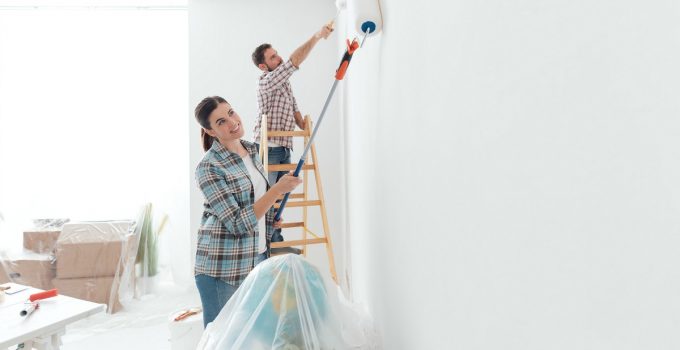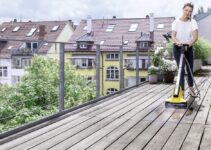Any kind of home renovation can be incredibly expensive, so it is understandable why a lot of people avoid them. The average renovation of a house in Australia hovers around $40,000 and up to $150,000 or maybe even more. And that’s US dollars. However, there are some maintenance renovations for your home that you simply must keep up with. Of course, we’re talking about repainting the interior. The average cost for this kind of renovation is between $500 and $3000. Depends on the size and number of rooms.
However, the question remains: When is it time to repaint the interiors of your home? Should you do it every year, every two years? When? These are great questions and the answers can be different for everyone. They depend on several factors that will need to be considered.
To get the most accurate answer for your situation, it’s best to read through this article to find out the signs that will tell you whether it is time for this kind of project.
Faded colors
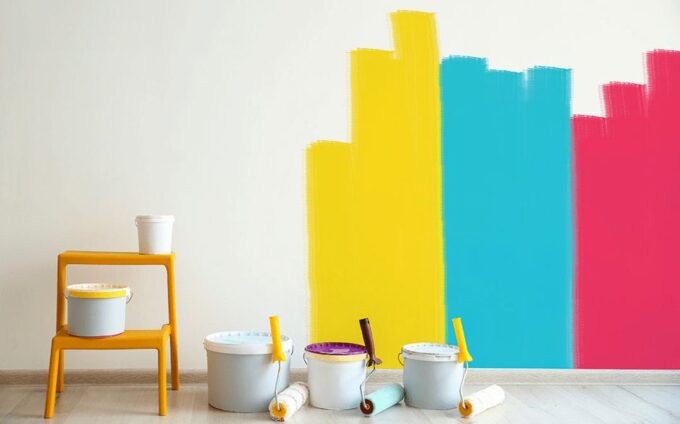
Source: nipponpaint.co.in
One of the first signs that the walls in your home need to be repainted is the fading of color. Usually, you will notice fading on darker and brighter colors.
Naturally, it is impossible to notice such fading on a white wall or any other similar gradients. But, if your home bears stronger colors such as red, green, blue, black, you are going to see some fading over the years.
This also depends on sunlight exposure. Walls that are near windows and exposed to the sun for long periods throughout the day, will be more prone to fading.
Either way, this is the sign that you should be looking out for. It’s better to start repainting as early as possible, to prevent the wall from chipping, bubbling, or cracking.
Cracking and bubbling
This is one of those signs that tell you that it is already too late and that you will have to start working on repainting your walls as soon as possible. Paint does act as an additional layer of insulation in your home which is why you will have to start working on it immediately. It is not just about visual aesthetics.
How does it happen? Cracking is usually rare in interiors, but it can happen, especially to walls exposed to moisture or high temperatures. The paint starts to dry and the “adhesive” holding it on the wall gives out, allowing air to enter in that gap. This part of the process is usually referred to as bubbling. The bubbles of air stuck under the layer of paint make it easier for it to crack.
Expect these kinds of signs after about two to three years and be wary of bubbling.
Paint cracking and bubbling are usually due to a poor paint job and not the best surface preparation. Experts at Sidepost, a home service company, recommend always preparing your surface properly before painting. A good paint job should last 10 years for your interior and 5-7 years for your exterior.
Peeling walls
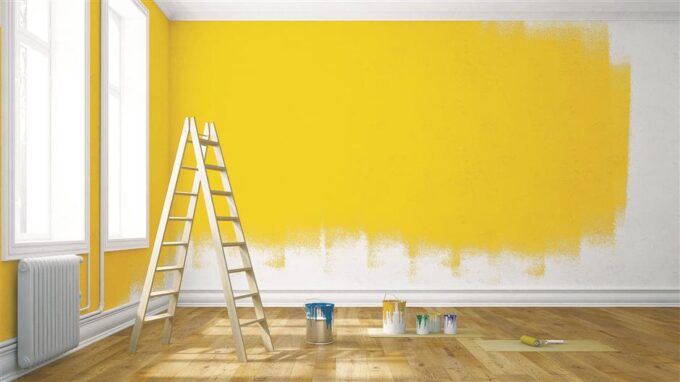
Source: shine.cn
This is an extreme sign that something is wrong with the layer of paint on the walls of your home and you have to do something about it immediately. If you can easily peel off the paint from your walls that usually means that it has been in bad shape for a long time already. It’s been bubbling and cracking for months or maybe even years.
If it has come to this situation, you might not be able to fix it with just a few buckets of paint. You might have to call a professional to deal with the issue for you as suggested by Platinum3Painting.com.au. Yes, we know that most of you want to go DIY to save money and to avoid the stress of working with contractors, but it is needed for such a situation.
Mold growth
Mold is quite common in homes, especially in darker rooms such as the basement or the bathroom. It is cold and damp in those rooms, making it the perfect environment for mold to grow. Keep in mind, it could also start showing up in humid environments.
Mold in the basement is not an issue, but if it starts spreading throughout other rooms, it can be really troublesome.
To completely get rid of mold and to reduce the health risks caused by these fungi, you will have to start repainting the stained walls. Of course, the original layer of paint will need to be removed to prevent the mold from spreading. Once it has been removed, the wall needs to be left to dry. If there is still moisture in the room, the mold will just come back.
Once it is dry, add a new layer of paint and you will finally be rid of this nasty problem.
Although we recommend calling a professional to deal with this problem for you. They can thoroughly inspect the mold growth and they will know exactly what to do to ensure that it doesn’t come back.
Chalking
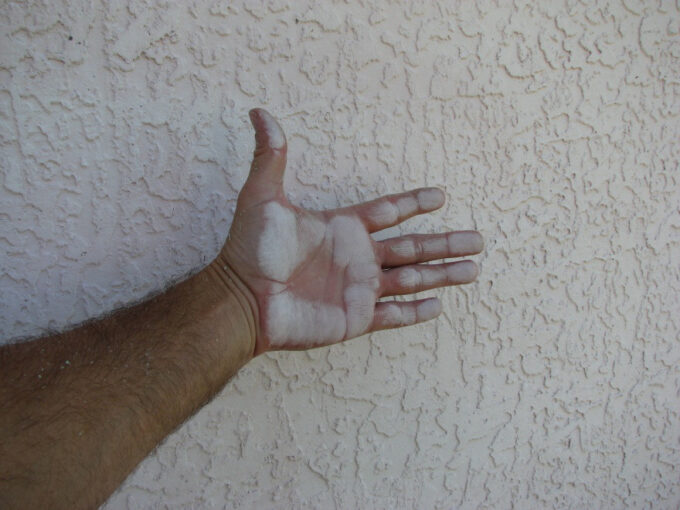
When the paint is exposed to the sunlight for longer periods of time, the UV (ultraviolet) radiation can damage it over time. The longer it is exposed to UV, the worse the damage. As the outermost coating is damaged, the residue stays stuck on the wall. So, when you run your fingers on the wall, that residue will stick to your hand. This process is usually referred to as chalking.
Unfortunately, there is no way to prevent this and it is a sign that it’s time to do repainting in your home’s interior.
Keep in mind, chalking can be a health hazard because microscopic parts of that residue can easily move through the air which could be damaging to the lungs. Deal with this problem as soon as you can.
It’s time
Even if you have not noticed fading of colors, cracking, bubbling, chalking, or any of the other signs we have mentioned above, if it has been several years after the last repainting of your rooms, it is definitely time to do it now.
Build the habit of repainting your home at least once every three to four years.
We hope that the information above was useful and that you will be able to use this article as guidance to understand exactly when you should start repainting.

